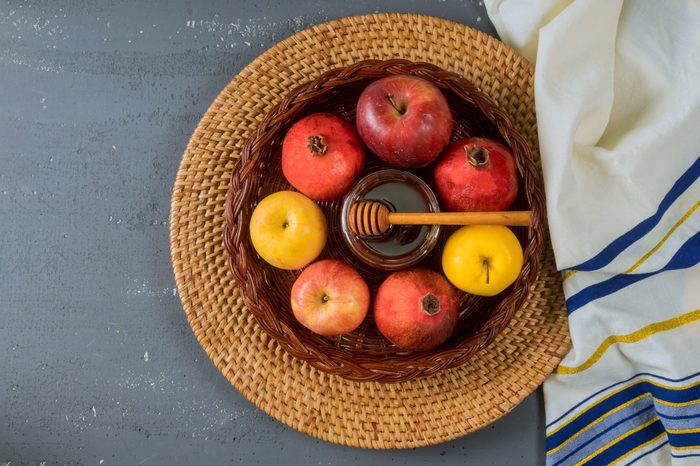
Rosh Hashanah
While Rosh Hashanah is widely regarded as the Jewish New Year, it started as a nameless but highly sacred day on which Jewish law commanded the people to reflect on their relationships, including with God. Although the day eventually came to be known as “Rosh Hashanah,” which translates as “the head of the year,” it’s otherwise remained true to its roots as a day reserved for introspection and prayer, and all of the ways in which it is celebrated reflect those roots.
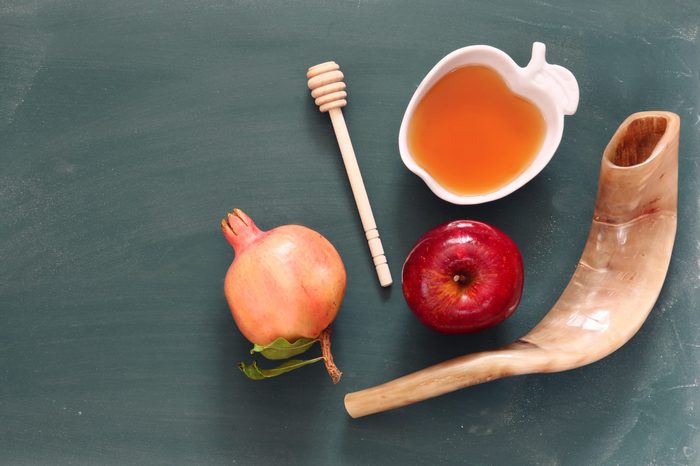
Shofar so good!
As commanded by Jewish law, observing Rosh Hashanah involves the sounding of a shofar, a wind instrument fashioned from the horn of a ram (or, really any horned animal as long as it’s kosher). Typically, a member of the community blows the shofar several specified times throughout the holiday, but you can certainly try it at home anytime you like. All you have to do is get yourself a shofar and make some noise. While that’s not particularly difficult, it can be quite challenging to manage 30 blasts in precisely the pattern called for by thousands of years of tradition.
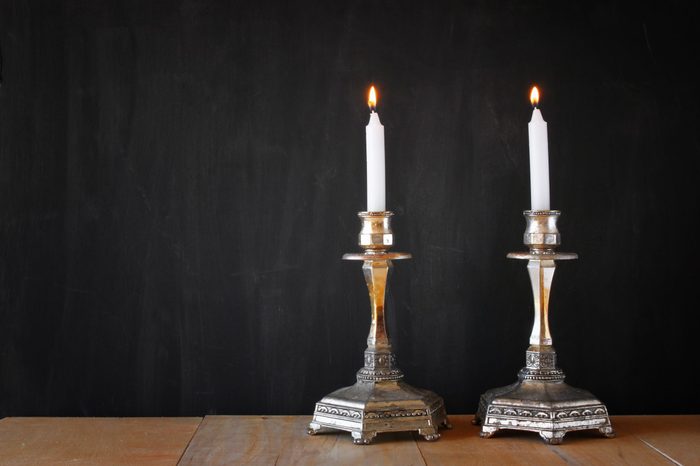
Enjoy a festive, candle-lit meal
As with many Jewish holidays, Rosh Hashanah involves a festive meal enjoyed over candle-light. Traditionally, the candles are lit by female members of the family, who also recite a blessing. If a second day of Rosh Hashanah is observed (which it often is nowadays), ideally the second day’s candles will be lit using an existing flame. If you’re interested in giving Rosh Hashanah-style candle lighting a whirl, here’s a quick how-to.
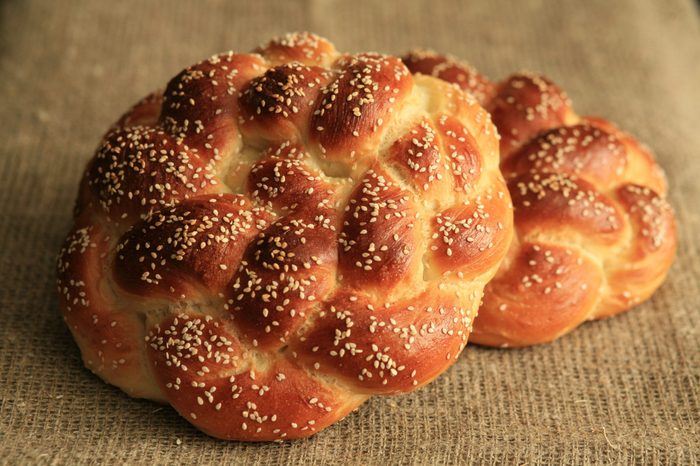
Round challah
The Rosh Hashanah feast traditionally involves eating a challah, a traditional braided loaf of bread, that is round—as opposed to the usual straight. The round shape is meant to remind us that the no matter where we are in our life, there is always an opportunity to “come full circle,” or, in other words, to begin again. Round challah loaves are easy to find in the days leading up to Rosh Hashanah, which will take place on October 1 and 2 of this year.
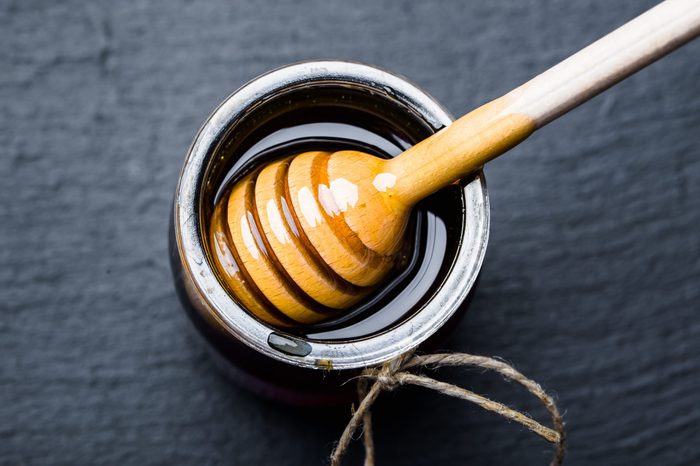
The honey dippers
Perhaps the easiest Rosh Hashanah tradition to try out for yourself is the dipping of apple slices (the sweet scent of which is alluded to numerous times throughout Jewish scripture) into honey, which is done in the hope of manifesting a “sweet year.” You can also tear off pieces of your round challah to dip into the honey. It is traditional when doing this ritual to say a blessing over the apple (“the fruit of the tree”) and a blessing wishing all a sweet new year.
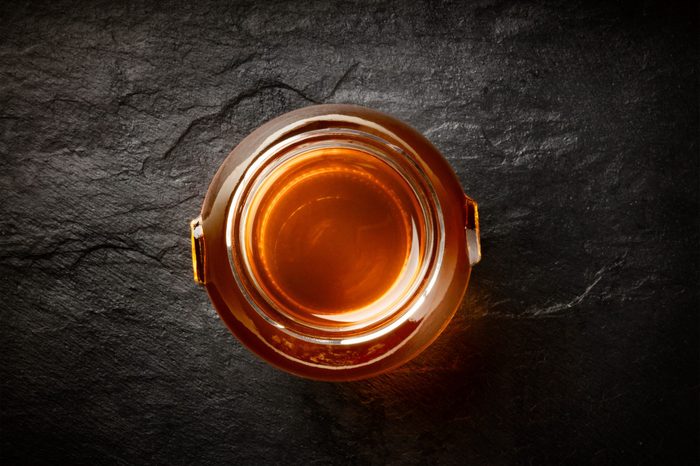
Oh, honey…
Other honey-sweetened foods that are served throughout the Rosh Hashanah feast include lekach (a dense, sweet honey-based cake) and tayglach (a dessert constructed of small, eggy dough balls, piled high and coated with sticky honey-syrup). Both of these desserts can be found in many bakeries around the time of Rosh Hashanah, and are worth trying, although be forewarned: tayglach is deliciously addictive.

Tzimmes
Yet another dish that’s traditional on Rosh Hashanah is tzimmes, which is a carrot-based casserole sweetened with—you guessed it…honey. The carrots are important because they represent blessings and abundance. But every family seems to have its own tzimmes recipe, which can include apricots, raisins, cinnamon, orange juice, brown sugar, nutmeg, prunes, maple syrup, stew meat, apples, and even broth, according to Chabad.org.
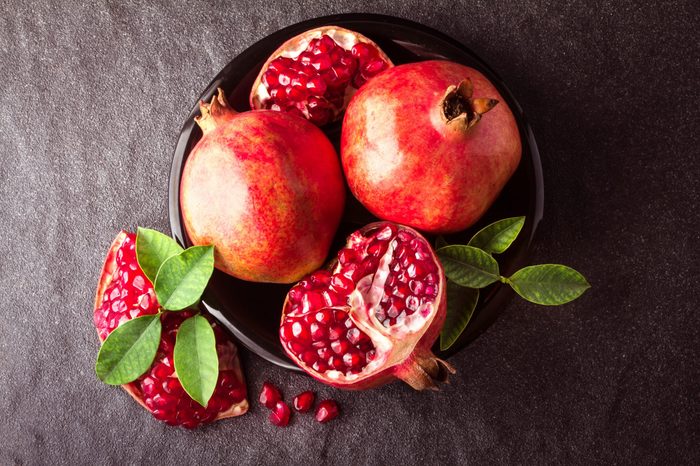
Pomegranates
The many seeds of the pomegranate are regarded in Jewish tradition as symbolic of all the possibilities for doing good in the coming year. That’s why pomegranate is often enjoyed during the festive Rosh Hashanah meal. To get in on the tradition, go ahead and slice one open, behold the abundance of seeds, and contemplate all the good you can do over the next 12 months.

Try a new fruit
When a second day of Rosh Hashanah is celebrated, it’s customary to eat a new fruit or at least one that the people around the table don’t frequently eat. This tradition serves two purposes:
- It’s a way to literally taste the newness of the year.
- It’s an excuse to recite the Shechehiyanu blessing once again, despite that the blessing is really intended to commemorate the first night of a holiday—or any new situation, really.
To participate in this tradition, take a trip to the exotic fruits section of your grocery store, and be adventurous!
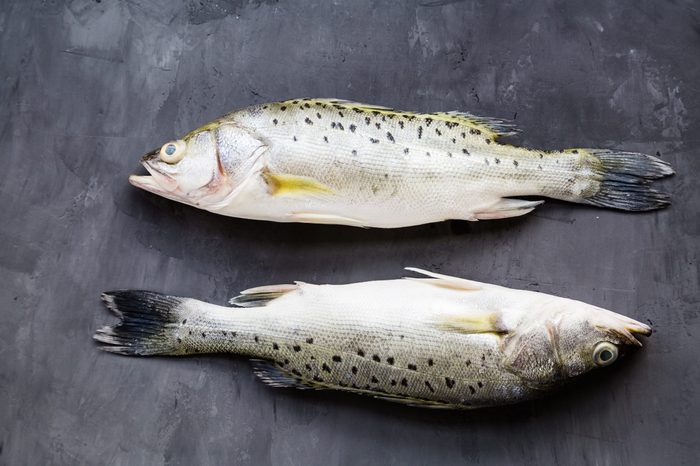
The head of the year
In some families, it’s traditional to place the head of a fish or lamb on the Rosh Hashanah table as a reminder that in the coming year, we should try not to be the other end of the animal. We’re not kidding.

Wear your new clothes
There’s a reason Jewish people often wear new clothes to synagogue on Rosh Hashanah: It’s a time for trying out something new. But it doesn’t have to be new clothes. It could also be trying out a new hobby or a new recipe, or visiting a place you’ve never seen.
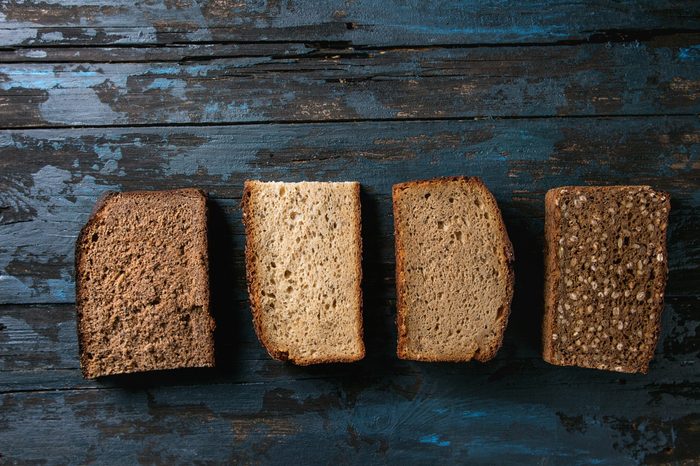
Cast off your sins
Tashlich is a ceremony by which we cast off our sins, symbolically, by tossing bread into a body of water while reciting a prayer that references the hurling of sins into the depths of the sea. It’s traditional to perform this with other members of the Jewish community on the first day of Rosh Hashanah.
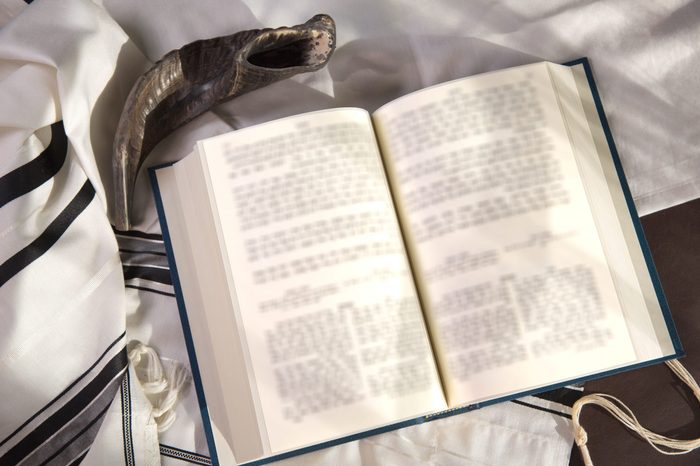
Think about faith
Rosh Hashanah worship includes scriptural readings that feature the story of how God commanded Abraham to sacrifice his son, Isaac. Although the idea was appalling to Abraham, he would have done it because of his faith in God. Luckily, it never came to that. But since Rosh Hashanah is a time to consider one’s relationship to God, you can join in, yourself, by considering your own faith and the choices you make as a result.

Exchange good wishes…with everyone
On Rosh Hashanah, it has become traditional to greet other members of the Jewish community not with “hi, how are you” but with some version of “May you have a good year.” If you attend synagogue, you’ll hear a lot of that, and often in Hebrew. If you want to say it in Hebrew, here is the accepted shorthand, spelled phonetically: Leh Sha-NAH toe-VAH tik-ah-TAY-vu, or the shorter version, Sha-NAH to-VAH!
